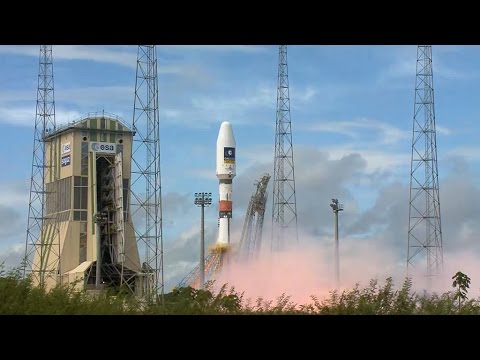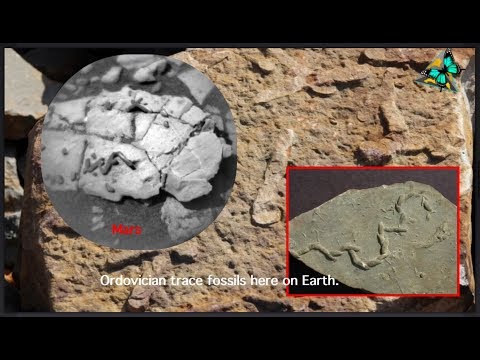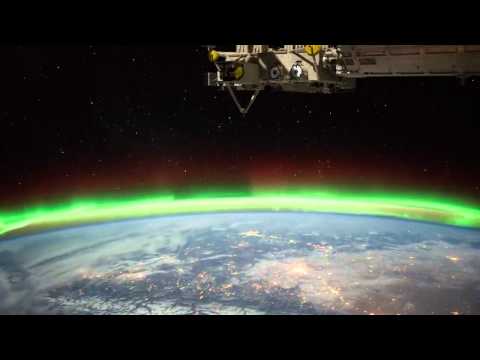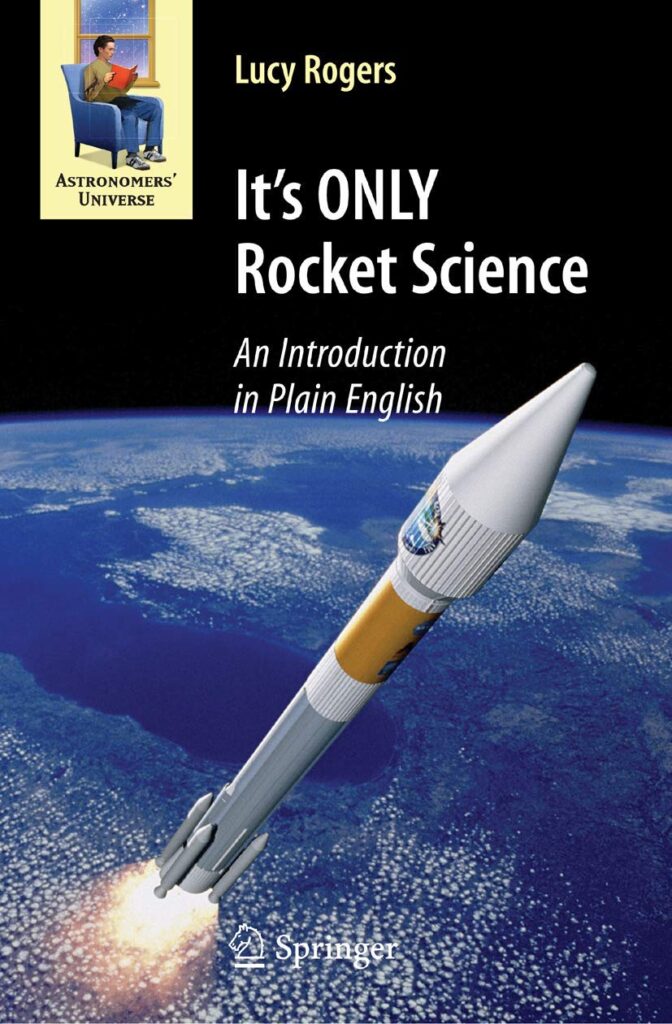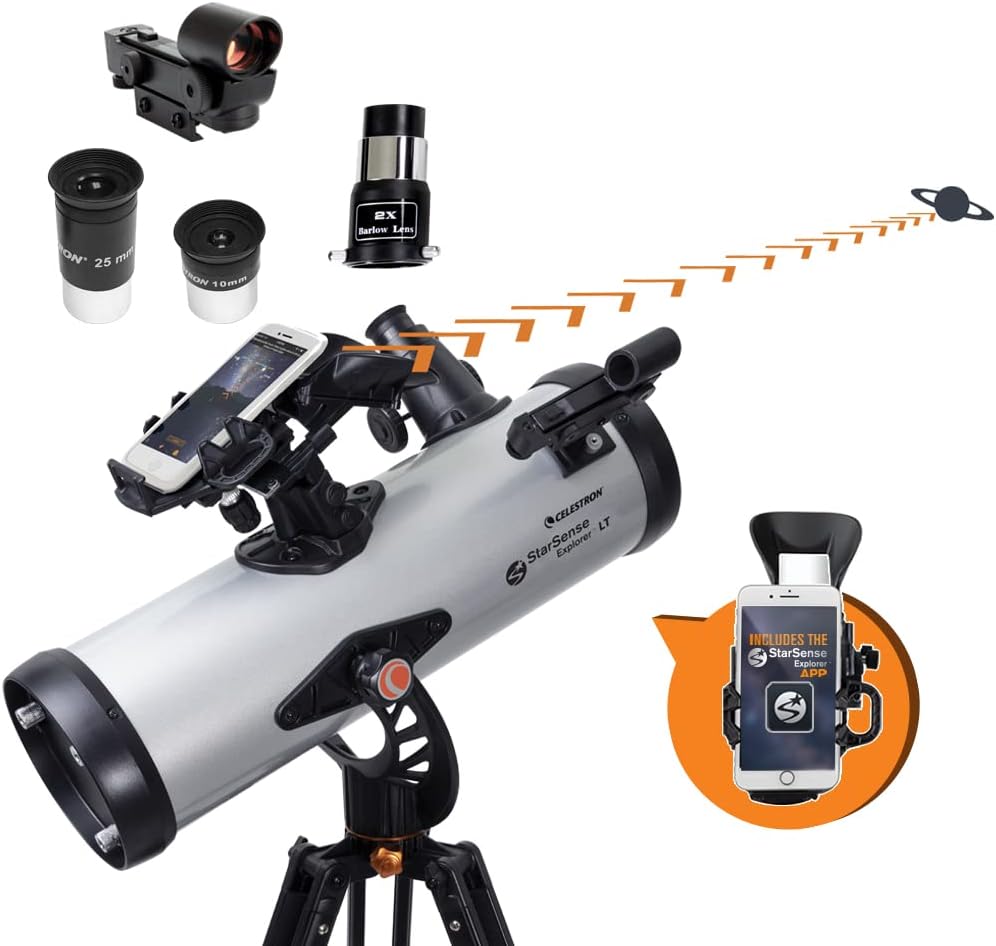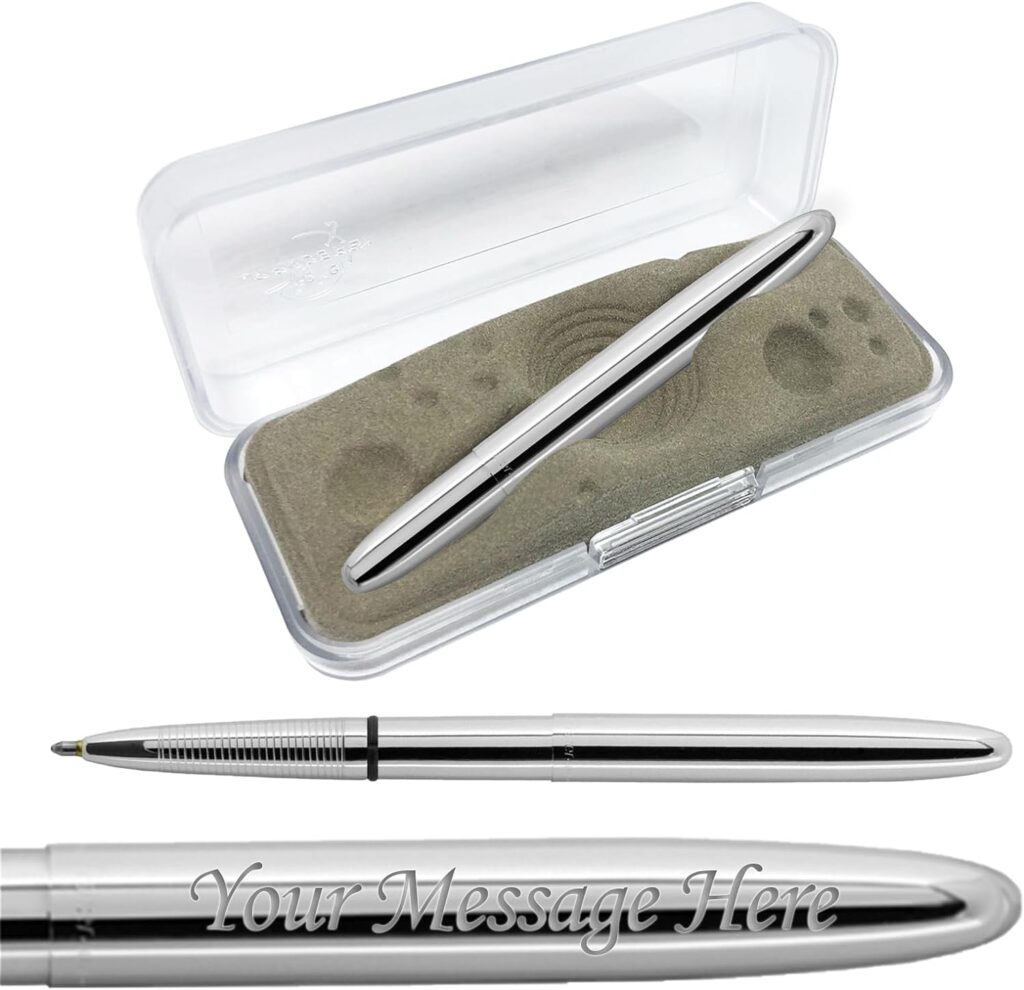Venus – The Venera Programme
Venus – The Venera Programme – The Soviet Union sent landers to Venus in the 70s which managed to send back images of the surface.
Venus – The Venera Programme – Rather than compete with the US Mars missions, The Soviet Union turned its attention to Venus in the 70s and managed to take the first pictures on the surface of another world with the Venera landers. Ten probes from the Venera series successfully landed on Venus and transmitted data from the surface . In addition, thirteen Venera probes successfully transmitted data from the atmosphere of Venus.

Model of a Venera Lander
Venus – The Venera Programme -Flight data for all Venera missions Courtesy of Wikipedia
| Name | Mission | Launch | Arrival | Survival time min | Results | Orbiter or probe (flyby, atmospheric) | Lander coordin. |
|---|---|---|---|---|---|---|---|
| 1VA (proto-Venera) | Flyby | February 4, 1961 | N/A | N/A | Failed to leave earth orbit | N/A | |
| Venera 1 | Flyby | February 12, 1961 | N/A | N/A | Communications lost en route to Venus | N/A | |
| Venera 2MV-1 No.1 | Atmospheric probe | August 25, 1962 | N/A | N/A | Escape stage failed; Re-entered three days later |  | N/A |
| Venera 2MV-1 No.2 | Atmospheric probe | September 1, 1962 | N/A | N/A | Escape stage failed; Re-entered five days later |      | N/A |
| Venera 2MV-2 No.1 | Flyby | September 12, 1962 | N/A | N/A | Third stage exploded; Spacecraft destroyed |      | N/A |
| Venera 3MV-1 No.2 | Flyby | February 19, 1964 | N/A | N/A | Did not reach parking orbit | N/A | |
| Kosmos 27 | Flyby | March 27, 1964 | N/A | N/A | Escape stage failed | N/A | |
| Venera 2 | Flyby | November 12, 1965 | N/A | N/A | Communications lost just before arrival | N/A | |
| Venera 3 | Atmospheric probe | November 16, 1965 | N/A | N/A | Communications lost just before atmospheric entry. This was the first manmade object to land on another planet on March 1966 (crash). Probable landing region: -20° to 20° N, 60° to 80° E. | N/A | |
| Kosmos 96 | Atmospheric probe | November 23, 1965 | N/A | N/A | Failed to leave Earth orbit and reentered the atmosphere. Believed by some researchers to have crashed near Kecksburg, Pennsylvania, USA on December 9, 1965, an event which became known as the “Kecksburg Incident” among UFO researchers. All Soviet spacecraft that never left Earth orbit, were customarily renamed “Kosmos” regardless of the craft’s intended mission. The name is also given to other Soviet/Russian spacecraft that are intended to—and do reach Earth orbit. | N/A | |
| Venera 4 | Atmospheric probe | June 12, 1967 | October 18, 1967 | N/A | The first probe to enter another planet’s atmosphere and return data. Although it did not transmit from the surface, this was the first interplanetary broadcast of any probe. Landed somewhere near latitude 19° N, longitude 38° E. |   | N/A |
| Kosmos 167 | Atmospheric probe | June 17, 1967 | N/A | N/A | Escape stage failed; Re-entered eight days later | N/A | |
| Venera 5 | Atmospheric probe | January 5, 1969 | May 16, 1969 | 53* | Successfully returned atmospheric data before being crushed by pressure within 26 kilometres (16 mi) of the surface. Landed at 3° S, 18° E. | N/A | |
| Venera 6 | Atmospheric probe | January 10, 1969 | May 17, 1969 | 51* | Successfully returned atmospheric data before being crushed by pressure within 11 kilometres (6.8 mi) of the surface. Landed at 5° S, 23° E. | N/A | |
| Venera 7 | Lander | August 17, 1970 | December 15, 1970 | 23 | The first successful landing of a spacecraft on another planet, and the first broadcast from another planet’s surface. Survived for 23 minutes before succumbing to heat and pressure. |      | |
| Kosmos 359 | Lander | August 22, 1970 | N/A | N/A | Escape stage failed; Ended up in an elliptical Earth orbit | N/A | N/A |
| Venera 8 | Lander | March 27, 1972 | July 22, 1972 | 50 | Landed within a 150 kilometres (93 mi) radius of 10.70° S, 335.25° E. | ||
| Kosmos 482 | Probe | March 31, 1972 | N/A | N/A | Escape stage exploded during Trans-Venus injection; Some pieces re-entered and others remained in Earth orbit | N/A | N/A |
| Venera 9 | Orbiter and Lander | June 8, 1975 | October 22, 1975 | 53 | Sent back the first (black and white) images of Venus’ surface. Landed within a 150 kilometres (93 mi) radius of 31.01° N, 291.64° E. | ||
| Venera 10 | Orbiter and Lander | June 14, 1975 | October 25, 1975 | 65 | Landed within a 150 kilometres (93 mi) radius of 15.42° N, 291.51° E. | ||
| Venera 11 | Flyby and Lander | September 9, 1978 | December 25, 1978 | 95 | The lander arrived, but the imaging systems failed. | ||
| Venera 12 | Flyby and Lander | September 14, 1978 | December 21, 1978 | 110 | The lander recorded what is thought to be lightning. | ||
| Venera 13 | Flyby and Lander | October 30, 1981 | March 1, 1982 | 127 | Returned the first colour images of Venus’ surface, and discovered leucite basalt in a soil sample using a spectrometer. | ||
| Venera 14 | Flyby and Lander | November 14, 1981 | March 5, 1982 | 57 | A soil sample revealed tholeiitic basalt (similar to that found on Earth‘s mid-ocean ridges). | ||
| Venera 15 | Orbiter | June 2, 1983 | October 10, 1983 | N/A | Mapped (along with Venera 16) the northern hemisphere down to 30 degrees from North (resolution 1-2 km) | N/A | |
| Venera 16 | Orbiter | June 7, 1983 | October 14, 1983 | N/A | Mapped (along with Venera 15) the northern hemisphere down to 30 degrees from North (resolution 1-2 km) | N/A | |
| Vega 1 | Flyby and Lander | December 15, 1984 | June 11, 1985 | N/A | Part of the Vega program. The vessel was en route to Halley’s Comet. During entry into atmosphere, the surface instruments began work early, and the lander failed. See Vega 1. | 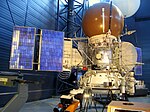  | |
| Vega 2 | Flyby and Lander | December 21, 1984 | June 15, 1985 | 56 | Part of the Vega program. The vessel was en route to Halley’s Comet. See Vega 2. |




